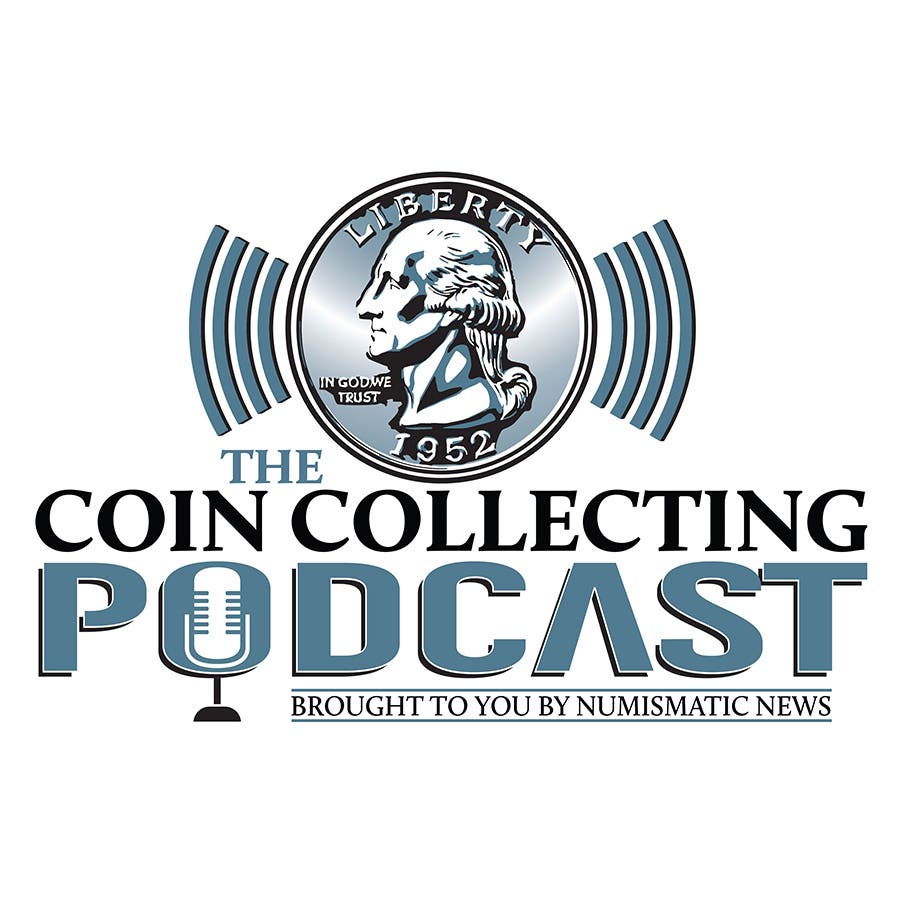KM numbering system
Over the years I have had occasion to speak to many collector groups. Normally when asked to speak, I opt for a more casual question-and-answer format, because I have found…
Over the years I have had occasion to speak to many collector groups. Normally when asked to speak, I opt for a more casual question-and-answer format, because I have found that often the things that are so ingrained in me that I take them for granted are the very topics on which people seek the most clarification. Probably the single most misunderstood aspect of the Standard Catalog series is its numbering system.
First off, KM simply stands for “Krause-Mishler,” as Chester L. Krause and Clifford Mishler are the original authors of the Standard Catalog of World Coins. Using the authors’ initials as catalog number types is an accepted practice in numismatic cataloging.
The KM number system may seem chaotic to many readers, but there is a systematic basis for most elements of these numbers. The one thing that can be somewhat chaotic is that ours is one of the few living catalogs. We continue to add new types all the time. We do annual editions of some books in the series, and this leads to occasions where numbering can get muddled. However, when initially established there was a design, and this explanation should help you to see that pattern.
Just as KM types are normally sorted by denomination and date, KM numbers are assigned the same way. In each country, the earliest date and smallest denomination has the lowest KM number. The numbers advance by first date of type and then by denomination. If you were able to re-sort the types by this order – first date, then denomination – you would see the numbers advancing one by one.
Each portion of a KM number has meaning. The base number is simply as described above. It identifies a basic coin type. Suffixes are assigned to differentiate changes in this basic type. A “.1” added to a base number indicates a variety. This often comes about because of a slight change to the die with which the coin was struck. A small letter added after a base number indicates a change in content. If the base type was copper, an “a” would be added to indicate the same die being used to strike an aluminum-bronze version. Combinations of these suffixes also keep their meaning, so adding “.1a” to a base number would indicate a variety, struck in a different metal.
Capital letter prefixes used on KM numbers indicate an entirely different type. These come up mostly in older listings, where a different type was discovered at a much later date from when the original listings were devised. The only thing a KMA3 has in common with a KM3 is that they may be very close in original date of striking.
Other prefixes are used to indicate a distinct group, such as “Pn” for patterns, “E” for Essais, “Tn” for tokens and so forth. In these instances, a title can usually be found at the beginning of the section that clarifies this distinct number set.
Remember, each numbering system you encounter may be set up differently. This is the system on which KM numbers have been based, but Yeoman and Craig numbers, even those encountered in our books, operate in a different manner.



